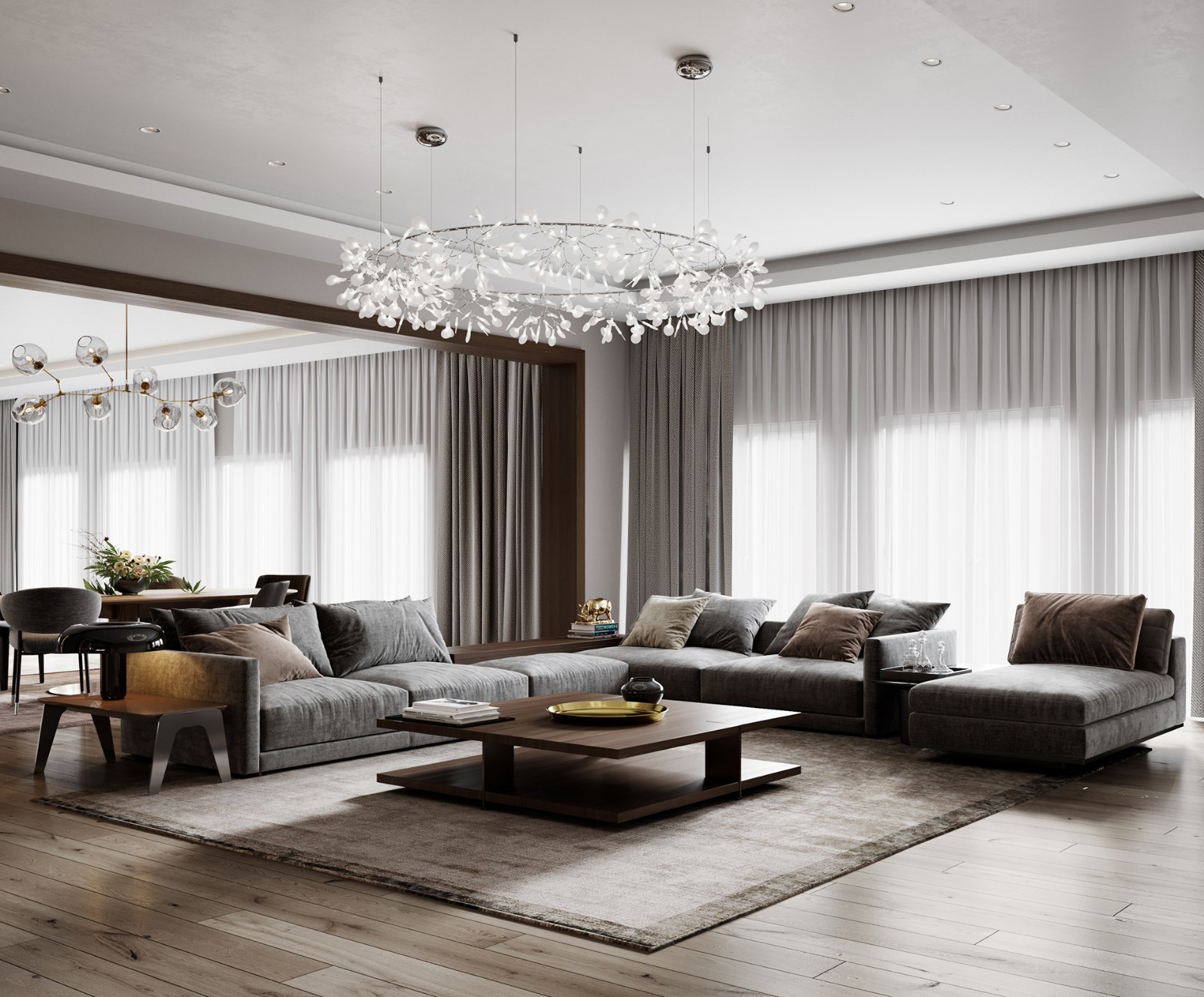Saraiva Bookstore Studio Arthur Casas
2014-10-06 01:00
© Fernando Guerra | FG+SG
费尔南多·格拉


架构师提供的文本描述。Saraiva书店被认为是一个公共广场和图书馆的混合体,同时也是一个娱乐、休闲、集中和休息的场所。它的建筑简单而诱人,它的目标是消失在书的后面,让心灵在它们的内容上徘徊。21世纪的空间,书籍和新媒体共享的货架,要求高度的布局灵活性。在没有创建一个单调的商店的情况下组织这无数的信息,就像激励人们在舒适的氛围中逗留、阅读和互动一样,也是一项挑战。
Text description provided by the architects. Saraiva Bookstore was conceived as a hybrid between a public square and a library, a place for conviviality, leisure, concentration and rest at the same time. Its architecture is simple and inviting, it aims to disappear behind the books to let the mind wander about their content. A 21st century space, books and new medias share the shelves, demanding a high level of layout flexibility. To organize this myriad of information without creating a monotonous store was as much a challenge as stimulating people to stay, read and interact in a cozy atmosphere.
© Fernando Guerra | FG+SG
费尔南多·格拉


这家商店位于里约的一家商场内,分为四层。游客通过一个双高的空间进入,那里的书架和陈列柜似乎漂浮着,以突出书籍和物品。一些货架被栏杆挂起,这样布局就可以容纳不同的配置。陶瓷地板是专门为这家商店开发的,使其更加反身,突出闪电效应。巴西胡桃被应用于每一个空间;它是一个温暖的中性背景,用于书籍和物体的各种颜色和纹理。
Located inside a mall in Rio, the store is divided into four floors. Visitors enter through a double height space, where shelves and showcases seem to float in order to highlight books and objects. Some shelves are suspended by rails so that the layout can accommodate different configurations. The ceramic floor was specifically developed for this store to be more reflexive and accentuate the lightning effect. Brazilian-walnut was employed in every space; it is a warm neutral backdrop for the variety of colors and textures of books and objects.
© Fernando Guerra | FG+SG
费尔南多·格拉


展览的设计是为了使一本书不会比其他书更有价值,它邀请游客在各种各样的书名中漫步。不同高度的平台被涉及不同主题的对象占据。离地板更近的书架有一种倾斜的倾向,它们的标题可以由站立的人阅读。
Showcases were designed so a book would not outstand others, inviting visitors to stroll around the diversity of titles. Platforms of different heights are occupied by objects that refer to varied themes. The shelves closer to the floor have such an inclination that their titles can be read by a standing person.
© Fernando Guerra | FG+SG
费尔南多·格拉


扶手椅和脚凳遍布整个书店。巴西的历史设计项目,如保罗·门德斯·达·罗查(Paulo Mendes Da Rocha)的保利斯塔诺(Paulistano)椅和塞里尼奥·罗德里格斯的贝格·安乐椅(Beg Arm椅子),
Armchairs and ottomans are spread throughout the bookstore. Historical Brazilian design items, such as Paulistano Chair by Paulo Mendes da Rocha and Beg Armchair by Sérigio Rodrigues, invite readers to forget about time and enjoy their books.
Floor Plan


多媒体空间、咖啡馆、礼堂和儿童空间位于地下室楼层。灰色色调突出了电子产品的内容,而有机展示柜则是对互动项目的支持。在孩子们的房间里,中立性被打破了,出现了一个五颜六色的坡道,邀请孩子们探索游戏的标题,使空间变得更大。梯形壁龛是对书店其他地方使用的建筑词汇的一种有趣的诠释,为年轻人创造了一个不同的世界。
Multimedia spaces, a café, an auditorium and the children’s space are located in the basement floors. Gray tones highlight the electronics contents and organic showcases serve as a support for interactive items. In the children’s room neutrality is broken with a multicolored ramp that invites the kids to explore the titles rendering the space to their scale. Trapezoidal niches are a playful interpretation of the architectural vocabulary employed in the rest of the bookstore, creating a world apart for the youngsters.
© Fernando Guerra | FG+SG
费尔南多·格拉




























































Architects Studio Arthur Casas
Location Rio de Janeiro - State of Rio de Janeiro, Brazil
Category Store
Architect in Charge Arthur Casas
Co-authors Christiane Trolesi, Mônica Nickel, Marcela Muniz, Renata Adoni.
Collaborators André Chung, Christiana Matos
Area 2000.0 sqm
Project Year 2013
Photographs Fernando Guerra | FG+SG
























